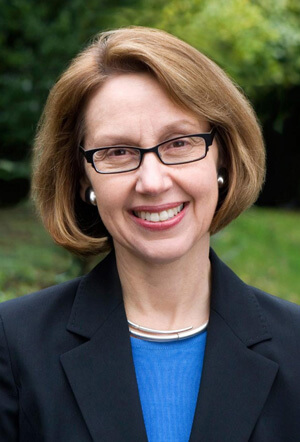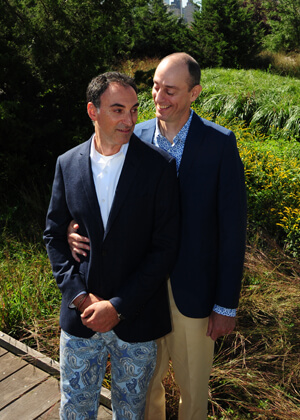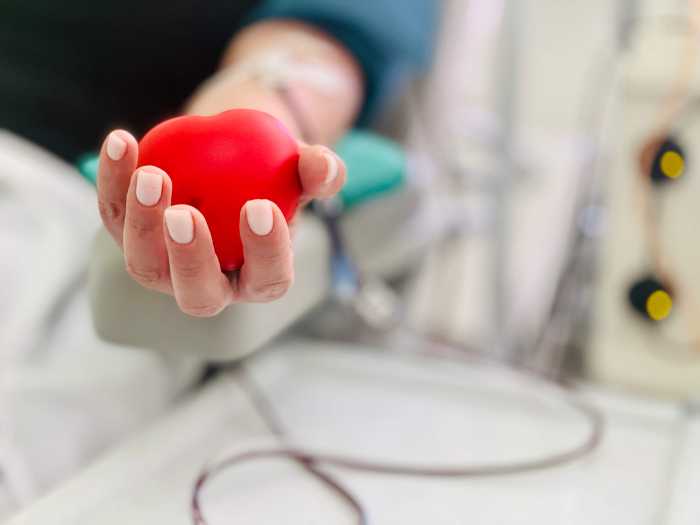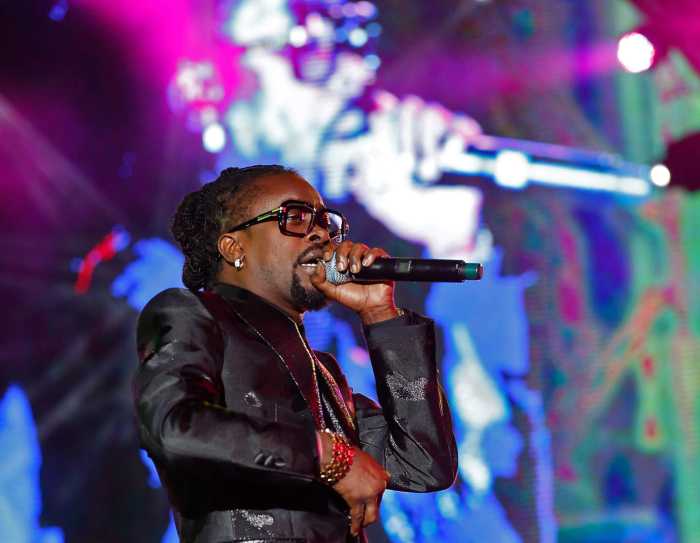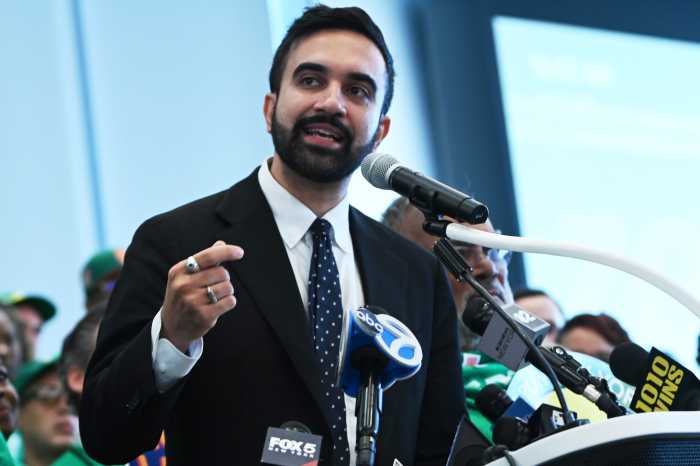“Rise Up: Stonewall and the LGBTQ Rights Movement” is the 50th anniversary tribute to the start of the modern LGBTQ rights movement that opened last month at the Newseum in Washington. Beginning with the June 1969 police raid on the Stonewall Inn in the West Village, the exhibit charts major moments in the past half-century’s struggle for liberation and equality.
The Pennsylvania Avenue museum, which sits halfway between the White House and the Capitol, is a project of the Freedom Forum, whose mission is to celebrate and advance the five freedoms embodied in the First Amendment — press, speech, assembly, petition, and religion. The Newseum, of course, is the group’s repository of press-related artifacts.
Banners above the museum’s entrance call attention to the exhibit’s major themes. “I Want Gay Rights Now!,” shouts one. On another, alongside a graphic of a rainbow-colored White House, use bold letters to direct: “March, Rally, Unite, Vote.”
In three adjoining rooms on the sixth level of the seven-story museum, LGBTQ history is told and assessed through multi-layer presentations and montages of text, publications, videos, and interactive media.
One of the panels at the start of the exhibit reads, “Though activists had been organizing and protesting for years, it took a five-day uprising at the Stonewall Inn — an illegal gay bar in New York — in 1969 to propel the grassroots to a new era of militancy and clout.”
Sonya Gavankar, a spokesperson for the Newseum, reflected on the exhibit’s impact on visitors.
“People stand in front of watershed moments in history that they experienced and are brought to tears,” she said. “The response has been overwhelming and wonderful, and visitors have been touched in ways we didn’t anticipate. The exhibition fosters multi-generational conversations.”
Beyond Stonewall, there are reminders of other critical early moments — the 1978 assassination of Harvey Milk, followed several years later by the sudden emergence of the AIDS crisis.
“Plague! This is a plague!,” is a quote from playwright and AIDS activist Larry Kramer that shouts from a corner of the exhibit dedicated to AIDS. A small photo nearby of a street “die-in” reminds visitors of the persistence, importance, and varied style of demonstrations.
Demonstrators holding a banner reading, “AIDS: We need research not hysteria” are seen in a photograph from the 1983 Pride March taken by photographer Barbara Alper. Alongside is an interactive display — “What do you think? What do you know? What would you do now?”
Evident throughout the exhibit are details about how the power of public protest helped change laws and policies. On a 100-foot video wall on the fifth level, the Newseum screens an original 17-minute production “Into the Streets” that explores how the LGBTQ rights movement harnessed the power of public protest to change policy and shift culture.
Encouraging discussion, the exhibit asks, “Which activist has inspired you the most?”
Moved by the exhibit, photographer Alper, who has been shooting demonstrations since the 1970s, remembered the era she lived through.

“It’s such an important period of time,” she emphasized.
The exhibit covers Massachusetts Representative Barney Frank’s 1987 public coming out and chronicles the push for hate crimes legislation, the implementation of the Don’t Ask, Don’t Tell policy, and its later repeal.
The image of a powerfully energetic Edie Windsor draws viewers into the “Faith and the Right to Marry” segment of the exhibit. A prominent quote there reads, “Married is a magic word… it has to do with our dignity as human beings.
“Rise Up” also looks at popular culture’s role through film, television and music in influencing attitudes about the LGBTQ community. Helping launch the exhibit on a mid-March panel, actor Alan Cumming, in conversation with NPR’s Ari Shapiro, spoke about his career, pop culture, and gay representation.
Ireland’s visiting prime minister, Leo Varadkar, and his partner, Matt Barrett, had the opportunity to see the exhibit last month when they visited Washington in connection with St. Patrick’s Day events.
The Newseum is hosting other events surrounding the exhibit, including commemorations in June planned in conjunction with Capital Pride.
This timely exhibit runs until the end of the year, and a visit to the gleaming and content-rich Newseum is a must for current affairs and news junkies at any time. The $25 ticket buys entrance that is good for two days.
New Yorkers might remember a branch of the Newseum at East 57th Street and Madison Avenue that hosted numerous photojournalism exhibits. The New York location closed in 2008 when the Newseum opened in DC. Along with the Freedom Forum, the museum’s founding partners include an array of print, broadcast, and cable media.
Located close to the seat of American power, the state-of-the art museum champions and is dedicated to the importance of the First Amendment. The front of the Newseum features the 45 words of the First Amendment to the U.S. Constitution: “Congress shall make no law respecting an establishment of religion, or prohibiting the free exercise thereof; or abridging the freedom of speech, or of the press; or the right of the people peaceably to assemble, and to petition the Government for a redress of grievances.”
Unfortunately, a museum of this substance and caliber isn’t economically viable at its current location. At the end of 2019, the Newseum will close its Pennsylvania Avenue doors, its building sold to Johns Hopkins University. The museum is looking to relocate.
RISE UP: STONEWALL AND THE LGBTQ RIGHTS MOVEMENT | Newseum, 555 Pennsylvania Ave., NW, btwn. Livonia & Riverdale Aves., Washington | Through Dec. 31: Mon.-Sat., 9 a.m.-5 p.m.; Sun., 10 a.m.-5 p.m. | $24.95; $19.95 for seniors at newseum.org



